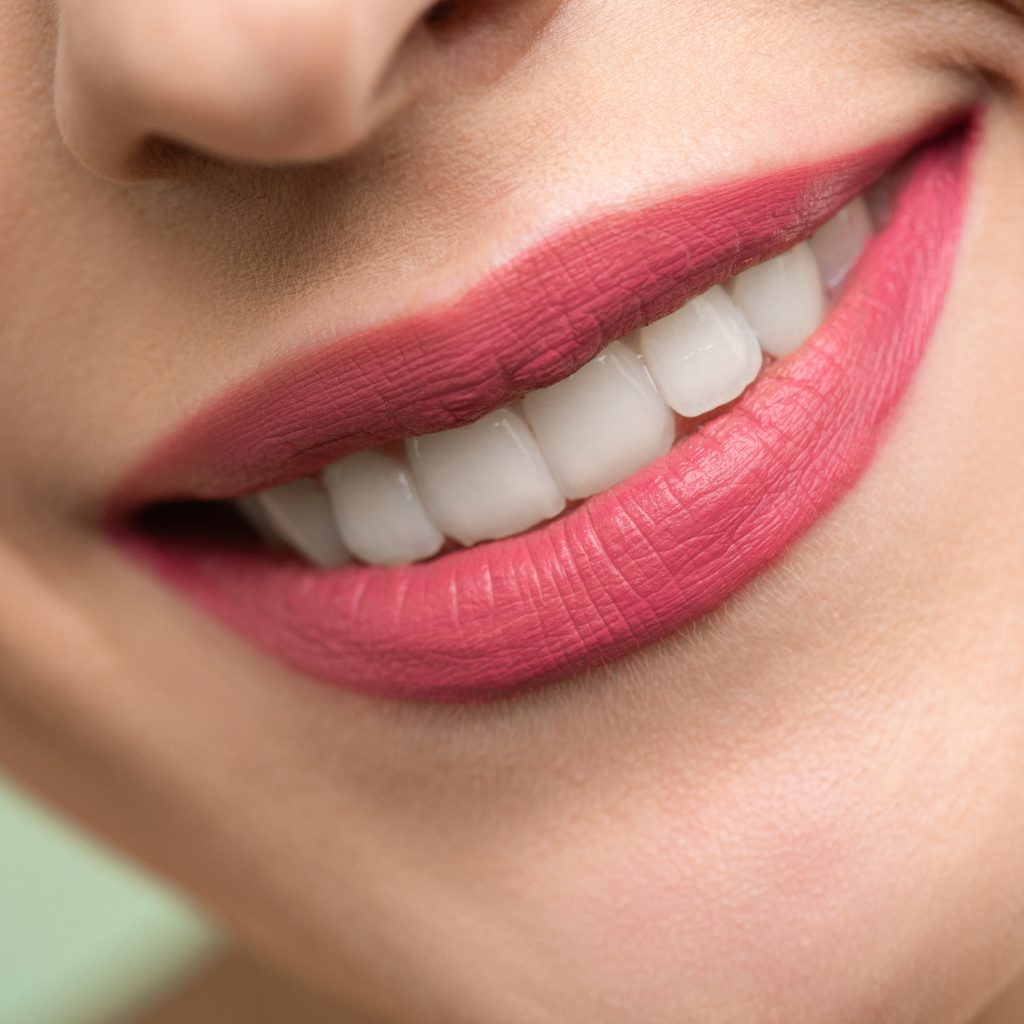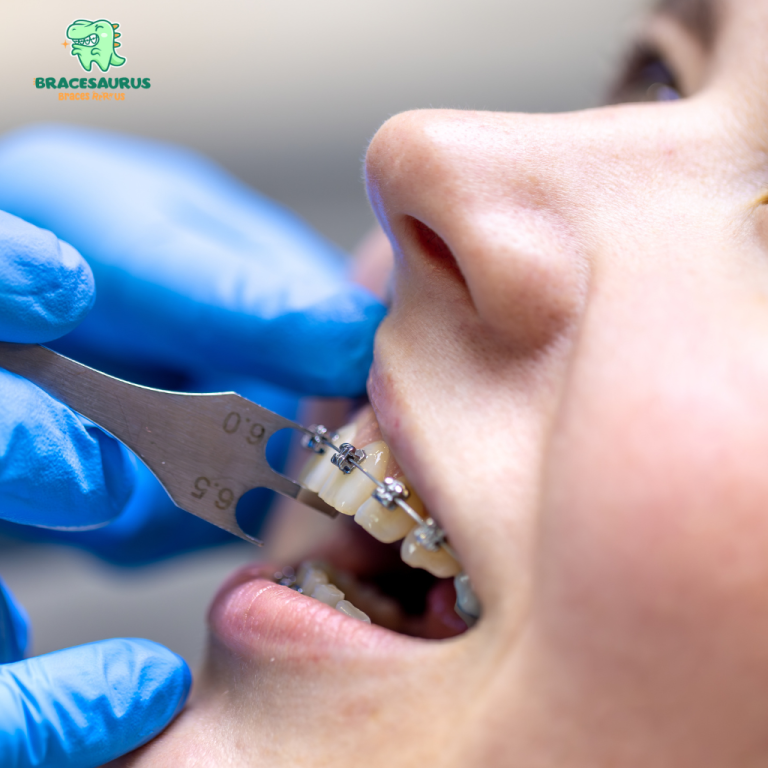How Your Smile Impacts Your Attractiveness

A Beautiful Smile Is Essential For Facial Aesthetics
Facial aesthetics play a crucial role in human interactions and how you are perceived by others. Among the various facial features, your smile holds a unique position due to its ability to convey emotions and establish social connections. A captivating smile has the power to make a lasting impression, and one key element in achieving an aesthetically pleasing smile is having straight teeth.
Your Smile as a Vital Component of Facial Aesthetics:
Your smile is a universal form of non-verbal communication, capable of expressing joy, friendliness, and confidence. Research has shown that the human brain is naturally inclined to respond positively to smiling faces, making smiles a crucial factor in social interactions (Niedenthal, 2007). Moreover, an aesthetically pleasing smile can greatly enhance your self-confidence, leading to improved mental well-being and overall quality of life.
Straight Teeth and Smile Aesthetics:
One of the key elements in achieving an attractive smile is the alignment and positioning of your teeth. Straight teeth contribute significantly to smile esthetics, as they create symmetry, balance, and harmony within your face. Orthodontic treatments, such as braces or clear aligners, are commonly used to address dental misalignments and malocclusions, ultimately resulting in straighter teeth.
A study by Kokich et al. (2009) explored the perception of smile attractiveness based on different orthodontic treatments. The findings indicated that individuals with properly aligned teeth were perceived as more attractive and had a higher level of social acceptance compared to those with dental irregularities. Furthermore, when given a choice between individuals with various dental irregularities and those with ideal dental alignment, observers consistently rated the individuals with straight teeth as more attractive and appealing.
Straight teeth have a significant impact on the overall harmony and balance of your face. When teeth are properly aligned, they contribute to a well-proportioned smile, enhancing facial esthetics. The alignment of teeth affects your lip line, which is an essential factor in smile attractiveness.
In a study by Sarver and Ackerman (2006), the relationship between orthodontic treatment and smile esthetics was investigated. The research revealed that orthodontic treatment resulting in straight teeth significantly improved smile attractiveness and facial harmony. The participants with properly aligned teeth exhibited a more favorable lip line, defined dental arches, and an improved smile arc, leading to an overall enhancement in facial esthetics.
Facial Aesthetics and Positive Perceptions:
Facial aesthetics are not only essential for your self-esteem but also impact how you are perceived by others. Research suggests that attractive individuals are often viewed more positively, leading to various social advantages (Langlois et al., 2000). Your smile, as a prominent feature of facial aesthetics, plays a vital role in creating positive first impressions and facilitating social interactions.
A study conducted by Todorov et al. (2015) explored the influence of facial attractiveness on trait impressions. The findings indicated that individuals with attractive smiles were consistently rated higher in perceived warmth, competence, and sociability. Moreover, these positive trait impressions extended beyond the initial encounter, demonstrating the enduring impact of facial aesthetics on social interactions.
The Impact of Smile Aesthetics on Self-Perception:
In addition to the positive perceptions by others, smile aesthetics also contribute to your
self-perception. When individuals are dissatisfied with their smile, it can affect their self-confidence and self-esteem. Conversely, improving smile esthetics through orthodontic treatments can lead to a significant improvement in self-perception and psychological well-being.
A study by Feu et al. (2012) investigated the psychological impact of orthodontic treatment on adolescents. The research found that orthodontic treatment resulting in improved smile aesthetics led to enhanced self-esteem, self-confidence, and overall satisfaction with personal appearance. These improvements in psychological well-being had a lasting effect on the individuals’ quality of life.
In conclusion, your smile serves as a crucial element of facial aesthetics, capable of conveying emotions and establishing social connections. Straight teeth play a vital role in enhancing smile aesthetics, contributing to facial harmony and overall attractiveness. Scientific research consistently supports the positive impact of orthodontic treatments on smile esthetics and the resulting favorable perceptions by others. The importance of smile aesthetics extends beyond social interactions, influencing self-perception, self-confidence, and overall psychological well-being. By recognizing the significance of the smile and the role of straight teeth, individuals can strive for improved smile esthetics, ultimately leading to more positive interactions and a higher quality of life.
Keen to fix your smile? Read your guide about getting braces here.
References:
Feu D, Miguel JA, Celeste RK, Oliveira BH. Impact of orthodontic treatment on oral health-related quality of life. Angle Orthod. 2012;82(3):484-489.
Kokich VO Jr, Kokich VG, Kiyak HA. Perceptions of dental professionals and laypersons to altered dental esthetics: asymmetric and symmetric situations. Am J Orthod Dentofacial Orthop. 2006;130(2):141-151.
Langlois JH, Kalakanis L, Rubenstein AJ, Larson A, Hallam M, Smoot M. Maxims or myths of beauty? A meta-analytic and theoretical review. Psychol Bull. 2000;126(3):390-423.
Niedenthal PM. Embodying emotion. Science. 2007;316(5827):1002-1005.
Sarver DM, Ackerman MB. Dynamic smile visualization and quantification: part 1. Evolution of the concept and dynamic records for smile capture. Am J Orthod Dentofacial Orthop. 2003;124(1):4-12.
Todorov A, Olivola CY, Dotsch R, Mende-Siedlecki P. Social attributions from faces: determinants, consequences, accuracy, and functional significance. Annu Rev Psychol. 2015;66:519-545.




